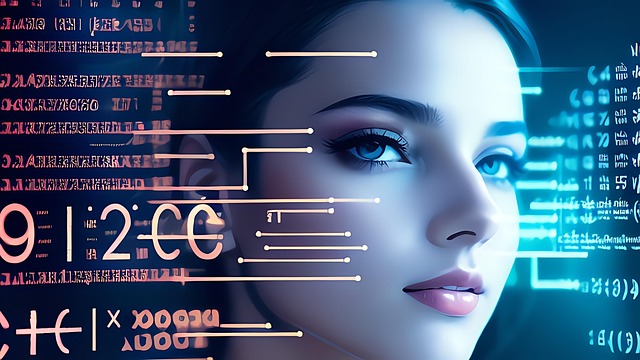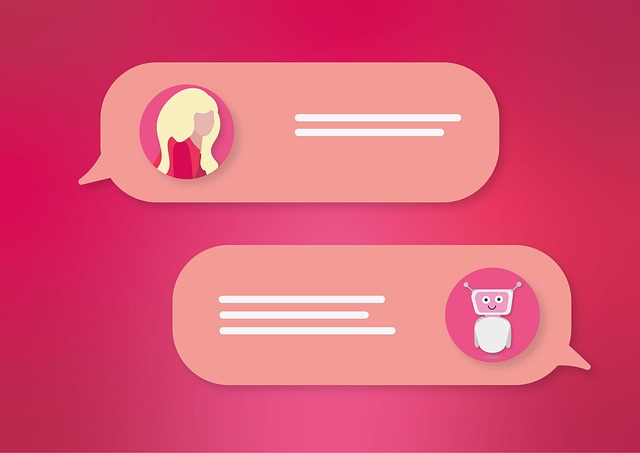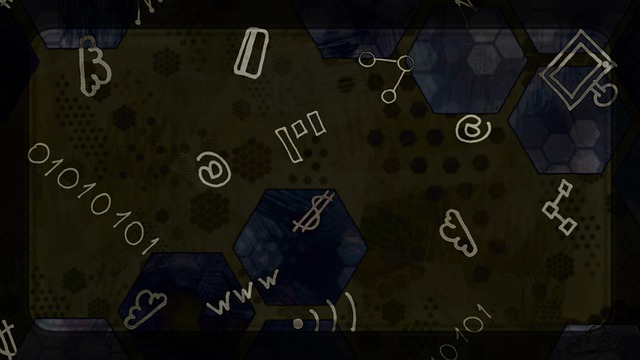Chatbots, powered by AI and NLP, have become essential digital companions across various sectors. Their development involves creating engaging personalities and structured conversation flows tailored to user needs. Using languages like Python or JavaScript with libraries like TensorFlow or Hugging Face Transformers, chatbots are implemented on platforms like Dialogflow, IBM Watson Assistant, or Microsoft Bot Framework for rapid deployment. Continuous testing, training, and data validation ensure optimal performance, while user feedback guides iterative improvements, keeping chatbots effective in a dynamic conversational environment.
Building an AI chatbot has become a powerful tool for businesses, offering enhanced customer engagement. This comprehensive guide takes you through the process, from understanding the fundamentals of chatbot functionality to designing engaging conversation flows. Learn about essential tools and technologies, including natural language processing (NLP) and machine learning, used in development. Discover strategies for effective testing, training, and continuous improvement to ensure your chatbot delivers exceptional user experiences.
- Understanding AI Chatbot Basics and Their Functionality
- Designing the Chatbot's Personality and Conversation Flow
- Developing the Chatbot: Tools, Technologies, and Implementation
- Testing, Training, and Continuously Improving Your Chatbot
Understanding AI Chatbot Basics and Their Functionality

Chatbots have become an integral part of our digital interactions, offering instant support and assistance across various platforms. At their core, AI chatbots are computer programs designed to simulate human conversation through natural language processing (NLP). They interpret user inputs, generate appropriate responses, and learn from these interactions to enhance their performance over time.
These virtual assistants can range from simple rule-based systems that follow predefined commands to advanced artificial intelligence models capable of understanding complex queries. By leveraging machine learning algorithms, chatbots can analyze vast amounts of data, recognize patterns, and provide personalized responses. Their functionality extends across customer service, e-commerce assistance, information retrieval, and even entertainment, making them versatile tools in today’s tech-driven world.
Designing the Chatbot's Personality and Conversation Flow

When designing a chatbot, one of the most engaging aspects is shaping its personality and conversation flow. This involves defining the chatbot’s tone, language style, and overall demeanor to create an authentic and interactive experience for users. Consider whether your chatbot should be friendly and casual or more formal and informative. It can be helpful to envision the target audience and tailor the conversation flow to their expectations and preferences.
The conversation flow represents the structure of how the chatbot interacts with users. This includes planning key topics, understanding user intent, and mapping out potential dialogue paths. A well-designed conversation flow ensures that the chatbot provides relevant responses, guides users effectively, and maintains a natural, engaging conversation. By combining the right personality traits with a thoughtful conversation flow, your chatbot can become an intuitive and valuable assistant for your users.
Developing the Chatbot: Tools, Technologies, and Implementation

Developing a chatbot involves selecting the right tools and technologies that align with your project’s scope and objectives. Start by choosing a programming language, such as Python or JavaScript, known for its robust libraries and frameworks tailored for natural language processing (NLP) and machine learning (ML). Popular options include TensorFlow, PyTorch, and Hugging Face Transformers for building AI models capable of understanding and generating human-like responses.
Implementing the chatbot requires integrating these models into a conversational interface. Many platforms offer no-code or low-code solutions like Dialogflow, IBM Watson Assistant, or Microsoft Bot Framework, simplifying the process without sacrificing flexibility. These tools allow developers to design conversation flows, define user inputs, and map them to appropriate responses, enabling rapid prototyping and deployment of your chatbot.
Testing, Training, and Continuously Improving Your Chatbot

After building your AI chatbot, rigorous testing and training are essential to ensure its performance. Begin by feeding the chatbot a diverse range of user queries to gauge its responses accurately. This process, known as data validation, helps identify any gaps or inaccuracies in the chatbot’s knowledge base. Continuously refine and expand its training data based on these insights, allowing the chatbot to learn from interactions and adapt to new patterns.
Regular updates are crucial for keeping your chatbot up-to-date with changing user needs and language trends. Monitor user feedback and interaction metrics to pinpoint areas where the chatbot falls short or exceeds expectations. Integrate this feedback into iterative training cycles, fine-tuning its algorithms and expanding its knowledge graph. This ongoing improvement process ensures your chatbot remains effective and relevant in a dynamic conversational landscape.
Building an AI chatbot is a multifaceted process that requires a deep understanding of both artificial intelligence principles and user experience design. By grasping the fundamentals outlined in this article, from defining conversation flows to choosing the right development tools, you’re well on your way to creating engaging and effective chatbots. Remember, continuous testing and improvement are key to ensuring your chatbot remains relevant and provides value to its users over time.
